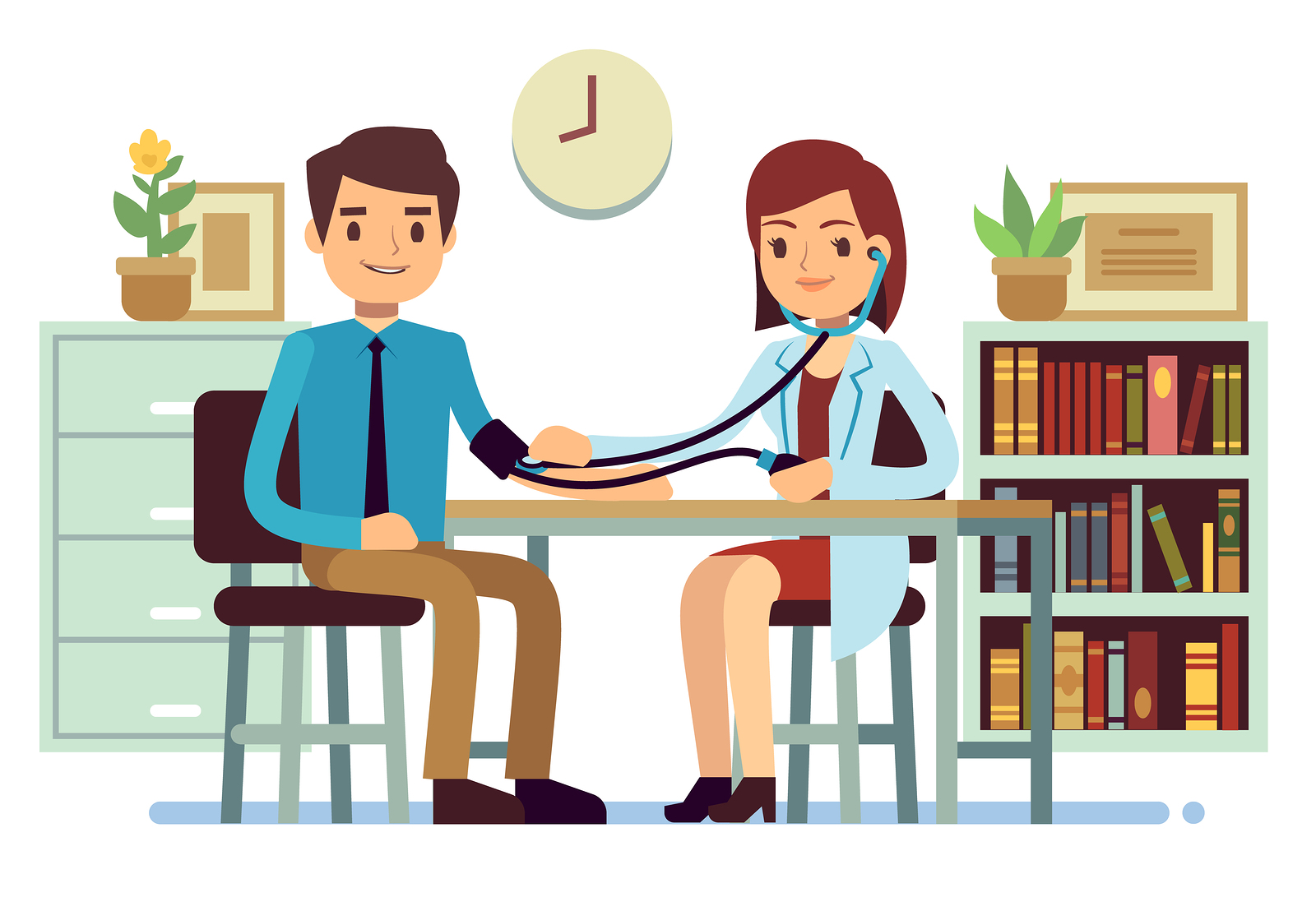
At Physiospot we love technology, we especially love tech which is healthcare related. To be honest it makes me quite excited, I love the thought of something which can transform my day to day practice.
Blood pressure monitoring is something I do on a regular basis in my day job. I use it as part of my clinical reasoning process to investigate the cause of falls in the elderly amongst other things. Postural hypotension in the elderly is a common cause for falls and if you don’t perform a lying and standing blood pressure as part of your routine assessment then I recommend you do!
If you’d like to learn more about orthostatic hypotension then I’d recommend this video below to understand why it is an important clinical consideration.
Quite often when assessing for postural hypotension on a one off measurement you don’t reproduce symptoms of dizzy, giddy or lightheaded-ness. This is because BP changes naturally throughout the day and can be influenced by many factors such as diet and stress. If concerned about a patients blood pressure dropping at different times of the day a 24-hour reading is recommended, also known as ambulatory blood pressure monitoring or ABPM.
Aside from my area of expertise, blood pressure monitoring is important in so many clinical areas. This is shown in this brilliant case study on Physiopedia. BP is used here to make sure the exercise intensity is safe for an overweight person taking part in a 10-week physical activity programme. It is also used as an outcome measure to assess the cardiovascular benefits of the programme. For the person in the case study this was significant as it meant a reduction in antihypertension medications, and a reduction in risk of stroke and heart attack.
For musculoskeletal physiotherapists BP should be an important aspect of your assessment prior to using manual therapy and exercise prescription.
Interested in Physical Activity? Why don’t you join our team?
Normally blood pressure, in any setting, is measured either using a machine (automated) or by using a cuff and stethoscope (manually). Both have strengths and weaknesses (here and here) but to be honest I prefer a manual technique for my patient group and my uses, but this is different for everyone. Either way both tend to be cumbersome with wires and tubes everywhere and a need for both clinician and patient to be in close proximity to the device.
Wireless BP monitoring has been around for a while, examples include the iHealth bluetooth device, they tend to be expensive and useful for ABPM but not so much for clinic settings. Other than this there hasn’t been any significant advancement in the tech since this development to my knowledge, until now.
In an article published in March in the journal of Science Translational Medicine, there was an intriguing innovation in BP measurement. In a nutshell, a phone case which can pretty accurately measure blood pressure and send to an app.
Read the paper here: Smartphone-based blood pressure monitoring via the oscillometric finger-pressing method
The tech was developed at Michigan State University and relies on the user pressing their finger over a sensor on the back of the case. The sensor uses the blood pressure from the transverse palmar arch artery in the index finger. The person presses on the sensor to achieve the necessary force required, if they don’t apply the correct pressure the app tells them and helps them correct it. The sensor measures the light penetrating through the finger at a few different times and converts this into BP readings. (Kind of like a pulse oximeter?).
In comparison to arm and finger cuffs the phone case was as accurate as a finger cuff (an acceptable measure of BP but less accurate than arm cuffs) with a precision error range of 3.3-8.8 mmHg in systolic BP. To be honest that isn’t too bad considering this is a newly designed tool. There were teething errors because of the prototype nature with a “try-again” reading 50% of the time. This could also be down to the novel nature of the device and will likely improve considerably with both practice and redesign.
In my opinion this would be useful to those who use wearables / fitness tracking to measure their health on apps such as Apple Health. Potentially it could be used by 3rd parties (Insurance companies or healthcare professionals) to provide appropriate treatment and advice based on long-term data rather than a one off measure in the clinic. It isn’t accurate or appropriate for those who are acutely unwell.
What do you think?
No comments:
Post a Comment